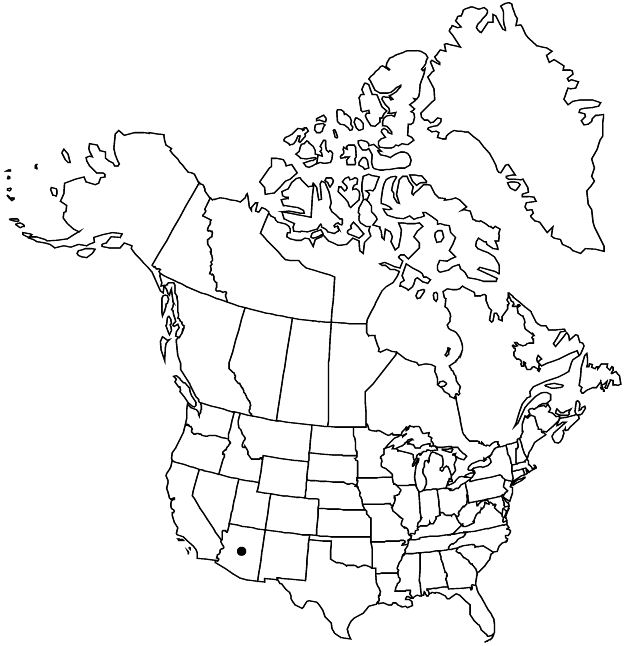Difference between revisions of "Potentilla demotica"
J. Bot. Res. Inst. Texas 1: 53, fig. 2. 2007.
imported>Volume Importer |
imported>Volume Importer |
||
| Line 55: | Line 55: | ||
|publication year=2007 | |publication year=2007 | ||
|special status=Conservation concern;Endemic | |special status=Conservation concern;Endemic | ||
| − | |source xml=https:// | + | |source xml=https://bitbucket.org/aafc-mbb/fna-data-curation/src/2e0870ddd59836b60bcf96646a41e87ea5a5943a/coarse_grained_fna_xml/V9/V9_275.xml |
|subfamily=Rosaceae subfam. Rosoideae | |subfamily=Rosaceae subfam. Rosoideae | ||
|tribe=Rosaceae tribe Potentilleae | |tribe=Rosaceae tribe Potentilleae | ||
Latest revision as of 22:55, 5 November 2020
Short hairs not well differentiated from long hairs, absent or sparse throughout. Stems 0.2–1.5(–2) dm. Basal leaves usually palmate, sometimes ternate, 2–8 cm; petiole 1–7 cm, long hairs common, spreading to ascending, 1.5–2.5 mm, weak to ± stiff, glands abundant; leaflets (3–)5, central oblanceolate, 0.5–1.5(–2) × 0.4–0.8 cm, scarcely petiolulate, distal ± 3/4 of margins ± evenly incised 1/2–3/4 to midvein, teeth 2–3(–4) per side, surfaces green, long hairs sparse to common, 0.5–1.5 mm, glands abundant. Inflorescences 1–7-flowered. Pedicels 0.5–1(–2) cm. Flowers: epicalyx bractlets ovate-elliptic, 1–2.5 × 1–1.5 mm; hypanthium 2–3 mm diam.; sepals 2.5–4 mm, apex obtuse; petals ± paler abaxially, bright yellow adaxially, ± obcordate, 3–7 × 2.5–4 mm; filaments 1.3–2 mm, anthers 0.5 mm; carpels 5–12, styles 2–2.5 mm. Achenes 1.5–1.8 mm, smooth to lightly rugose.
Phenology: Flowering May–Jun.
Habitat: Crevices on granitic outcrops, in Yellow pine forests
Elevation: 2300–2400 m
Discussion
Of conservation concern.
Potentilla demotica is known from a single granitic knoll in the Hualapai Mountains, Mohave County. The species was reported as a western range extension of P. subviscosa by M. Butterwick et al. (1991); it differs in rock-dwelling habit, petal color, and epicalyx, among other characters.
Selected References
None.
